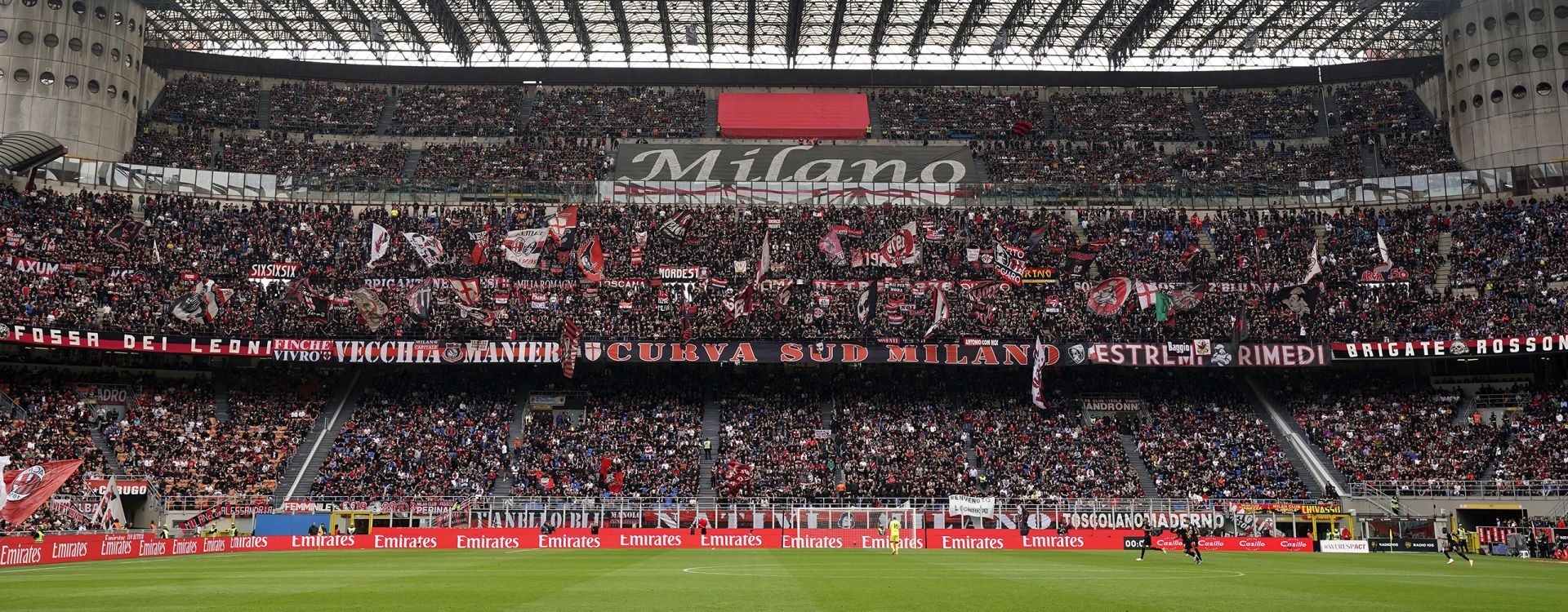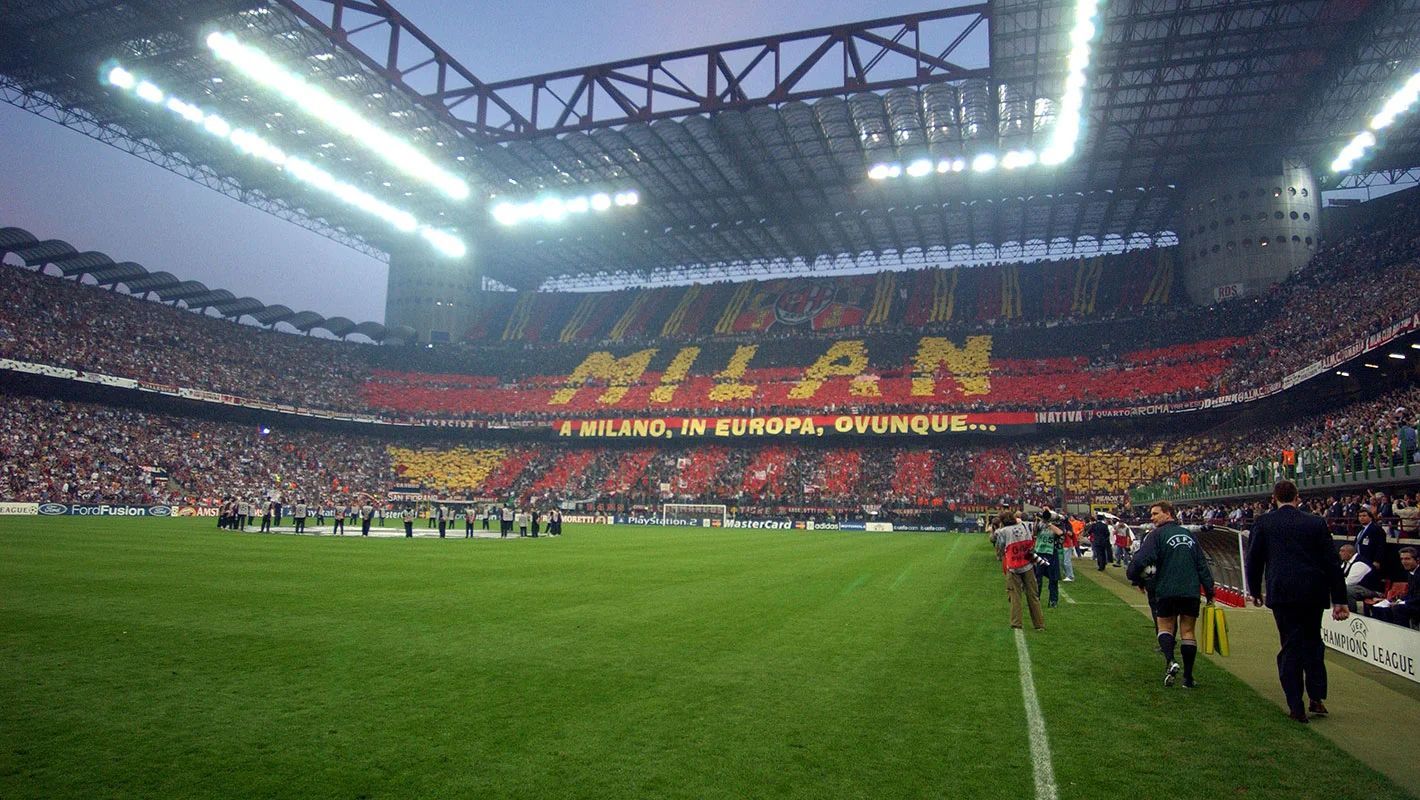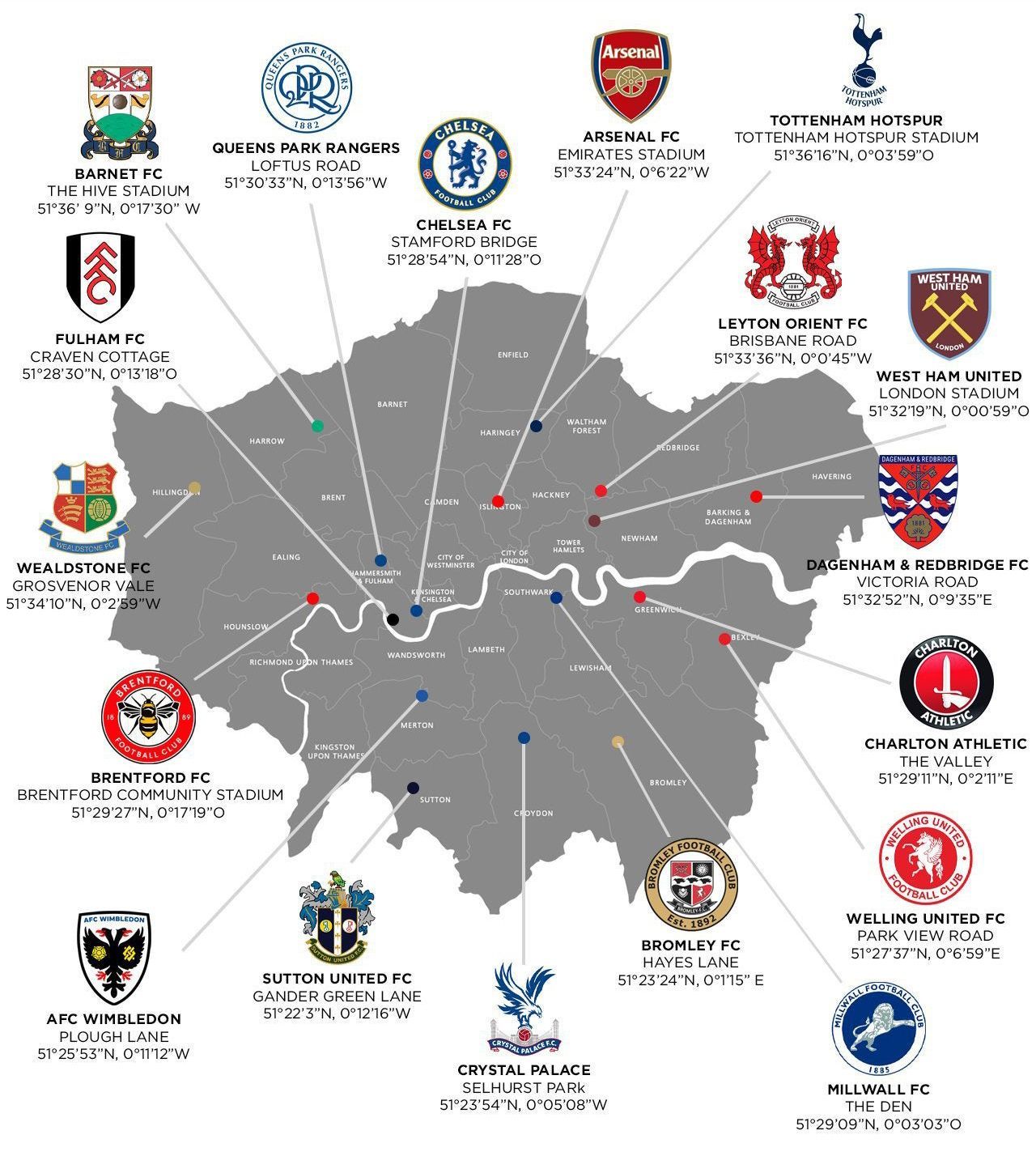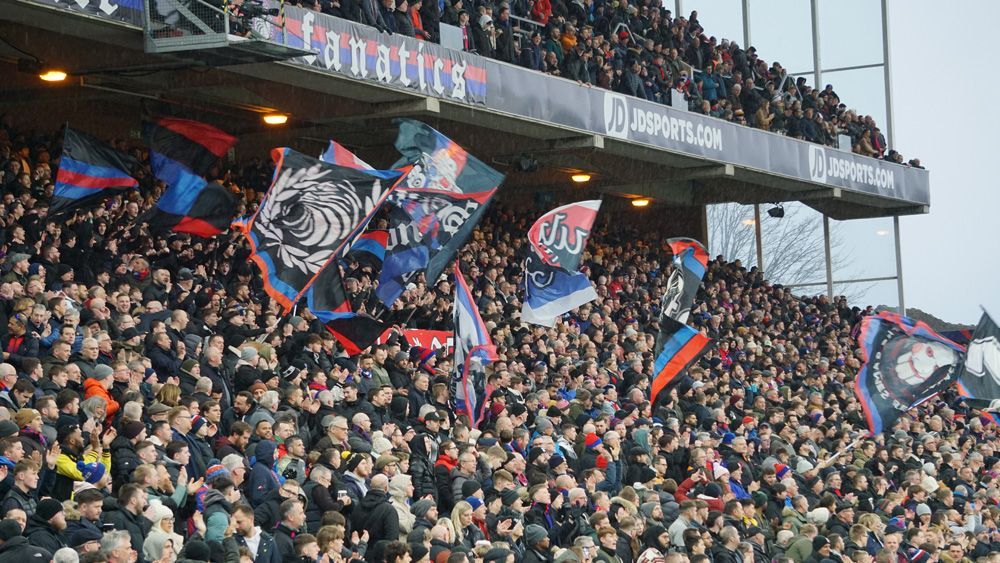
Santiago Bernabéu seating tips & things to do
How to get to the Santiago Bernabeu
- Address: Av. de Concha Espina, 1, Chamartín, 28036 Madrid, Spain
- By Car: If you’re driving, the stadium is located on Paseo de la Castellana, one of Madrid’s main avenues. There is parking available, but it can be crowded on match days.
Parking: There are parking garages around the stadium, but it’s often recommended to park a bit further away and walk to avoid post-match traffic. - By Metro: Line 10 (Dark Blue Line): The most direct way is to take the Metro Line 10 and get off at "Santiago Bernabéu" station. The station is named after the stadium, and as you exit, you’ll find yourself right next to the stadium.Travel Time: From the city centre (e.g., Sol or Gran Vía), it usually takes around 15-20 minutes by metro.
- By Bus: Several bus routes pass by the Santiago Bernabéu. The most commonly used lines include:
Route 14: Goes from the city center to the stadium.
Route 27: Also from central Madrid, through important landmarks.
Route 147 and 150: These buses also stop close to the stadium.
Travel time can vary depending on traffic but typically ranges from 20-30 minutes from the city centre. - By Foot:
There are nice hotels in the vicinity, so walking is an option. The stadium is located near a business district so hotels, plus bars & restaurants are plentiful.
History of The Santiago Bernabéu
The Santiago Bernabéu Stadium, located in Madrid, Spain, is one of the most iconic football stadiums in the world. It has been the home of Real Madrid Club de Fútbol since its opening in 1947. Here’s a detailed history of the stadium:
Early Beginnings and Construction
Pre-1947: Before the construction of the Santiago Bernabéu, Real Madrid played their home matches at the Chamartín Stadium, which had become too small to accommodate the club’s growing fanbase. The success of Real Madrid and the increasing popularity of football in Spain made it necessary to build a new, larger stadium.
Planning and Construction (1944-1947): In 1944, under the presidency of Santiago Bernabéu Yeste, plans for a new stadium were approved. The construction began on October 27, 1944. The stadium was designed by architects Manuel Muñoz Monasterio and Luis Alemany Soler, and it took three years to complete. The total cost was approximately 37 million pesetas, a significant sum at the time.
Opening (1947): The stadium officially opened on December 14, 1947, with a match between Real Madrid and the Portuguese club Os Belenenses. Real Madrid won the match 3-1, and the first goal in the new stadium was scored by Sabino Barinaga.
Naming and Early Years
Naming the Stadium (1955): Initially, the stadium was called Nuevo Estadio Chamartín (New Chamartín Stadium), named after the previous ground. However, in 1955, it was renamed in honor of the club’s president, Santiago Bernabéu, who played a pivotal role in its construction and the rise of Real Madrid as a football powerhouse.
Expansion and Renovation (1953-1955): The first major expansion of the stadium took place in the early 1950s. The capacity was increased from approximately 75,000 to 125,000 spectators, making it one of the largest stadiums in the world at that time. This expansion was crucial as Real Madrid began to dominate European football.
Golden Era and Further Developments
1950s-1960s: The stadium witnessed Real Madrid’s dominance in European football during the 1950s and 1960s. The club won the first five European Cups (now UEFA Champions League) between 1956 and 1960. The Santiago Bernabéu became synonymous with European football excellence.
1970s-1980s: In the 1970s, further modernisation took place, including the installation of a new roof covering a portion of the stands. The stadium hosted several significant matches during the 1982 FIFA World Cup, including the final between Italy and West Germany, where Italy won 3-1.
Modernisation
1990s-2000s: The 1990s saw more renovations, including the installation of a new electronic scoreboard and the construction of additional facilities to enhance the fan experience. The seating capacity was adjusted several times due to changes in safety regulations, settling around 80,000.
21st Century Developments: In the 2000s, the stadium continued to evolve with modern amenities, including luxury boxes, restaurants, and a museum. Real Madrid’s global brand further elevated the Santiago Bernabéu’s status as a premier football destination.
The 'spaceship' redevelopment
The most ambitious renovation project began in 2019 under the presidency of Florentino Pérez. The project aimed to transform the Santiago Bernabéu into a state-of-the-art facility, with a retractable roof, a 360-degree video screen, and modernised seating. The shell of the stadium remained the same, with construction completed around the structure to expand and modernise. Renovation was completed in 2024 and turned the stadium in to one the most remarkable stadiums in the world from in terms of both technology and aesthetics. A perfect home for Europe's most successful club.
How much is the Santiago Bernabeu worth?
Real Madrid’s Bernabeu renovation costs are estimated at €1.76bn, as shown in Real Madrid’s interim accounts for the 2023-24 season.The stadium is expected to be paid off by 2053, representing an average annual cost of €66million.
How many seats are there in the new Santiago Bernabeu?
The renovation saw the stadium's capacity raised from around 81,000 to 85,000. The Bernabeu remains the 2nd biggest stadium in Spain, following the Camp Nou at just under 100,000 and ahead of Madrids other uber-modern stadium, Estadio Cívitas Metropolitano at 70,000.
Real Madrid Ticket Prices
Ticket costs vary based on factors such as the opposing team, your age, and your preferred seating location within the stadium.
The official Real Madrid club website have a useful table with a full breakdown for each stand. Prices are roughly as follows:
Lower Tier:160€ - 128€
Upper Tier:160€ - 128€
Grandstand: 180€ - 144€
1st Amphitheatre:170€ - 136€
2nd Amphitheatre: 140€ - 112€
3rd Amphitheatre:110€ - 88€
4th Amphitheatre: 90€ - 72€
How to Acquire Real Madrid Tickets
Tickets, however, can be very hard to come by. If you're not a member then picking up a ticket via the club website will be challenging. That means you're reliant on third-party distributors and picking up tickets for excess cost.
For
Real Madrid hospitality tickets, you can pick up tickets right here, with prices ranging from £600 to £2,400 for the most premium packages.
REQUEST TICKETS
MAKE A REQUEST
We have access to most matchday experiences upon request.
Make a request for Arsenal hospitality via the contact form and we'll try to sort you out!
Contact Us
Bernabeu Seating Plan
The stadium layout consists of four main stands, all connected, and three distinct tiers.
The main stands:
- North Stand (Fondo Norte)
- South Stand (Fondo Sur)
- East Stand (Lateral Este)
- West Stand (Lateral Oeste)
The three tiers plus VIP:
- Lower Tier (Baja): Closest to the pitch, offering a more immersive experience.
- Middle Tier (Media): Offers a balanced view of the entire pitch.
- Upper Tier (Alta): Provides a broader view of the stadium and pitch.
- VIP and Executive Boxes: Located primarily in the West Stand, offering premium seating and amenities.
Premium and VIP Areas:
- Tribuna: A premium seating area located in the West & North Stands, reserved for VIPs and special guests.
- Palcos VIP: Executive boxes offering luxurious amenities, including private seating, dining, and entertainment.
Supporter Sections:
- The most passionate Real Madrid supporters typically gather in the South Stand (Fondo Sur), creating a lively atmosphere during matches.
- The seating plan is designed to maximise the viewing experience for all fans, whether they prefer to be close to the action or enjoy a panoramic view of the stadium.
Best seats in the Bernabeu
- Typically, the best seats in a three tier stadium are located at the bottom of the middle tier where you have enough elevation to gain proper perspective of the pitch but you're low enough so you don't need a pair of binoculars! This is also the case at The Bernabeu, and where you will find much of the hostpitality seating, in areas named Lateral Este, Lateral Oeste, Fondo Sur and Fondo Norte. Follow the link to check out hospitality packages for the Fondo Norte.
Bernabeu Seating Plan
FootyLegend's Real Madrid hospitality tickets come with great seats in the premium (Tribuna) section of the North Grandstand (Fondo Norte) almost directly behind & above the goal.
For more information & visuals on what's available with our Real Madrid premium experiences, check out our
Real Madrid hospitality tickets page.
Capacity
84,000
Address
Av. de Concha Espina, 1, Chamartín, 28036 Madrid, Spain
Did you know?
The Santiago Bernabéu Stadium was the first stadium in Europe to host both a FIFA World Cup final (in 1982) and a UEFA Champions League final.
Welcome to Santiago Bernabeu
The Santiago Bernabéu Stadium is the iconic home of Real Madrid. It was built in 1947 and named after Santiago Bernabéu, a legendary player, and president of the club. The stadium has a seating capacity of around 85,000 and has hosted numerous prestigious events, including European Cup finals and World Cup matches.
What to do near Santiago Bernabeu
Take the Bernabéu Stadium Tour
If you're going to do a stadium tour, why not do a stadium tour at Europe's most trophied football club of all time. Experience the iconic stadium up close with a tour that includes access to the pitch, the VIP boxes, the trophy room, and the press room.
Eat at Circolo Popolare Madrid
Hands down one of the finest restaurants in the city, serving exquisite Italian food, and only a 5 minute walk from the stadium. Just make sure to book well in advance!
Explore Paseo de la Castellana
This major street is lined with shops, cafes, and restaurants. It's a great place for a stroll, and you’ll find numerous boutiques and businesses.
Stroll Through the Chamberí Neighborhood
A charming district nearby with traditional architecture, local shops, and a variety of dining options. It's less touristy and offers a glimpse into local life.
Visit the Museo de la Fundación Ramón Areces
Description: Located a short distance from the Bernabéu, this museum features exhibitions on art, history, and culture.
Check Out the National Auditorium (Auditorio Nacional de Música)
A renowned venue for classical music and concerts, located not far from the stadium. Check their schedule for performances during your visit.
Calle Príncipe de Vergara, 146.
Relax in the Parque de la Vaguada
Madrid is known for its array of parks, perfect for finding a shady space to get a break from the Sun and relax. This is the largest park in the vicinity of the stadium, located in the same neighbourhood.
Related Articles








